Email Security protects an organization's communication from unauthorized access, ensuring safe data transmission. Advanced technologies like encryption and multi-factor authentication are crucial.
Businesses remain susceptible to email-borne threats such as phishing and malware. Email Security solutions help protect sensitive data, preventing unauthorized access and data breaches using comprehensive security protocols. Improved threat intelligence and user training programs enhance email protection efforts.
What features define effective Email Security solutions?In financial services, enhanced encryption features ensure compliance with stringent regulations, while healthcare benefits from phishing protection to safeguard patient data. Manufacturing industries use these solutions to protect intellectual property shared via email.
Organizations use Email Security to maintain communication integrity, protect sensitive information from attacks, and comply with industry regulations. The right solution minimizes risks associated with email threats, offering effective protection.
| Product | Market Share (%) |
|---|---|
| Microsoft Defender for Office 365 | 11.4% |
| Proofpoint Email Protection | 8.2% |
| Abnormal Security | 6.8% |
| Other | 73.6% |









































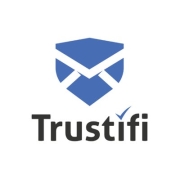



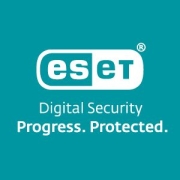









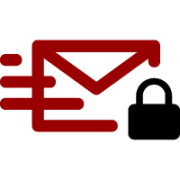








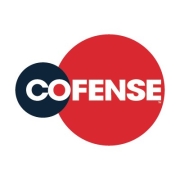











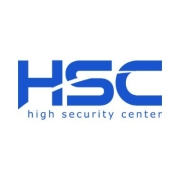





























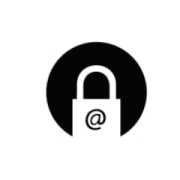

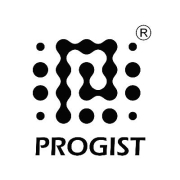

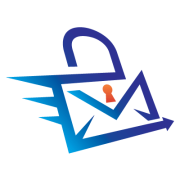

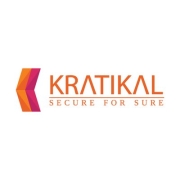








90% of all cyber attacks come from email. Although 78% of people know not to click on a suspicious email, 4% of people who receive any given phishing email will click on it. This might not sound like a lot, but it means that for every 25 people you employ, one of them is likely to be scammed.
Here are five signs that indicate your email account might have been compromised:
1. Your password has been changed - If you didn’t change your password but it is being rejected as incorrect, someone may have altered it.
2. Emails (either outgoing or incoming) that you don’t recognise - If you see emails in your sent mail folder that you don’t remember sending, a hacker may have access to your email account. You may also notice that you are receiving password reset emails from websites where hackers are trying to change your password.
3. Unexpected emails - If hackers have gained access to your email account, they may incorporate personal information they have found in your emails into messages they have penned from your bank or credit card company. If you receive a message like this and are unsure whether it is legitimate, call your bank to verify that they are really trying to get in touch with you.
4.Unfamiliar IP addresses show up on your log - If your email shows that you have logged in from an unfamiliar IP address, this is a sign that someone is accessing your account from another location.
5. Your contacts are receiving spam messages from you - If your friends are receiving spam from your email address, you may have been hacked and your personal data is at risk.
When selecting an Email Security solution, prioritize features like anti-phishing capabilities, malware detection, and spam filtering. Advanced threat protection and data leak prevention (DLP) are crucial for safeguarding sensitive information. Consider solutions that offer encryption and support for mobile devices. Flexible deployment options such as on-premise, cloud, or hybrid can cater to specific organizational needs. User-friendly dashboards for monitoring and reporting enhance the effectiveness of the solution.
How does Email Security help in compliance with data protection regulations?Email Security solutions play a vital role in maintaining compliance by protecting sensitive data through encryption and enforcing DLP policies. These measures prevent unauthorized access and reduce risks of data breaches. Audit logs and reporting tools help demonstrate compliance with regulations such as GDPR and HIPAA. By automating security protocols, you ensure all emails comply with organizational and legal standards.
What are common challenges in deploying an Email Security solution?Challenges include integrating the solution with existing IT infrastructure and aligning it with organizational policies. Ensuring minimal disruption during deployment and adequately training staff can be difficult. Balancing security with usability to prevent workflow hindrance is crucial. You might also face issues with scalability and accommodating future growth. Thorough planning and piloting phases can mitigate these challenges.
How can machine learning enhance Email Security?Machine learning enhances Email Security by analyzing vast amounts of data to identify patterns associated with threats like phishing and malware. It can detect anomalies and adapt to new attack vectors in real time, providing a proactive defense mechanism. These self-learning algorithms reduce false positives and improve the accuracy of threat detection. Implementing machine learning gives your Email Security strategy a dynamic edge.
Why is multi-layered protection important in Email Security?Adopting a multi-layered protection strategy in Email Security is crucial for comprehensive threat coverage. It incorporates various defenses like spam filtering, virus scanning, and endpoint protection to create an intricate security barrier. Each layer addresses different attack vectors, ensuring that threats that bypass one layer are caught by another. This approach strengthens overall system resilience and guards against increasingly sophisticated attacks.